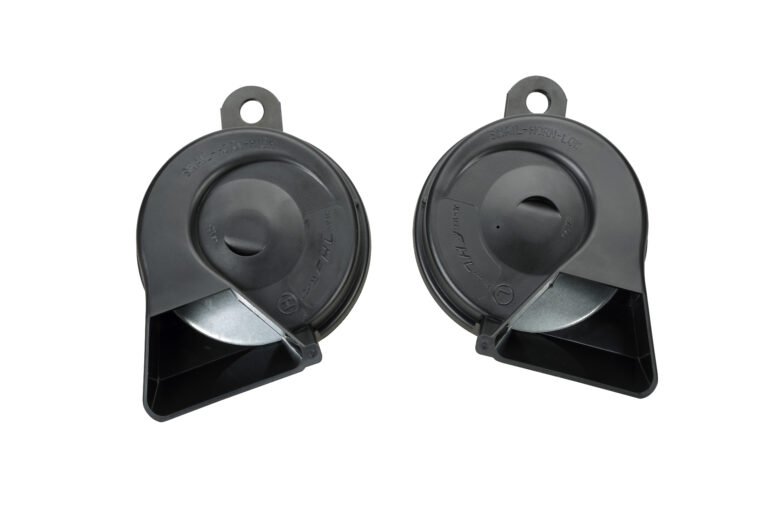Imagine being stuck in traffic and your car horn fails just when you need it the most. This not only creates a frustrating situation but can also lead to dangerous driving conditions. Understanding the mechanics and maintenance of car horns can help prevent such issues.
Ever wondered why car horns fail and what you can do about it? Car horns are crucial for driver communication and safety. Knowing how to maintain and troubleshoot your car horn ensures it's ready when you need it most.
Stay with us as we delve into the intricacies of car horns, ensuring your rides remain safe and sound.
Mechanics of Car Horns
Car horns operate through a simple yet effective mechanism involving an electromagnet to vibrate a flexible diaphragm. This action creates sound waves that produce the familiar honk we rely on. The system's design includes a horn button, relay, fuse, and wiring, all integrated into your vehicle's electrical system. Regular check-ups can prevent failure and ensure functionality.
Lifespan of Car Horn Components
The durability of car horn components can vary. Factors such as quality of materials, frequency of use, and exposure to harsh environments affect their lifespan. Typically, a well-maintained car horn should last the lifetime of the car, but it's crucial to note signs of wear and tear which might indicate a need for inspection or replacement.
Common Issues Leading to Horn Failure
Common issues that may lead to horn failure include electrical faults like a blown fuse, disconnected wires, or faulty relays. Mechanical blockages or corrosion due to environmental exposure can also impair horn functionality. Regular inspections can identify these problems early, preventing complete failure.
Testing and Troubleshooting Car Horns
To troubleshoot a non-functioning car horn, start by checking the fuse and replacing it if necessary. Next, examine the wiring and connections for any signs of disconnection or corrosion. If the electrical components are in good shape, the problem might lie in the horn mechanism itself, necessitating further diagnostic steps or professional help.
Replacing a Car Horn
Replacing a car horn is a straightforward process that generally involves removing the old horn, connecting the new horn to the existing wiring, and ensuring it is securely mounted. Choose a compatible horn that matches your vehicle's specifications. Consider upgrading to a higher quality horn for better performance and longevity.
In conclusion, maintaining your car's horn is essential for road safety and communication. Regular checks and prompt repairs can keep it functional for years.


